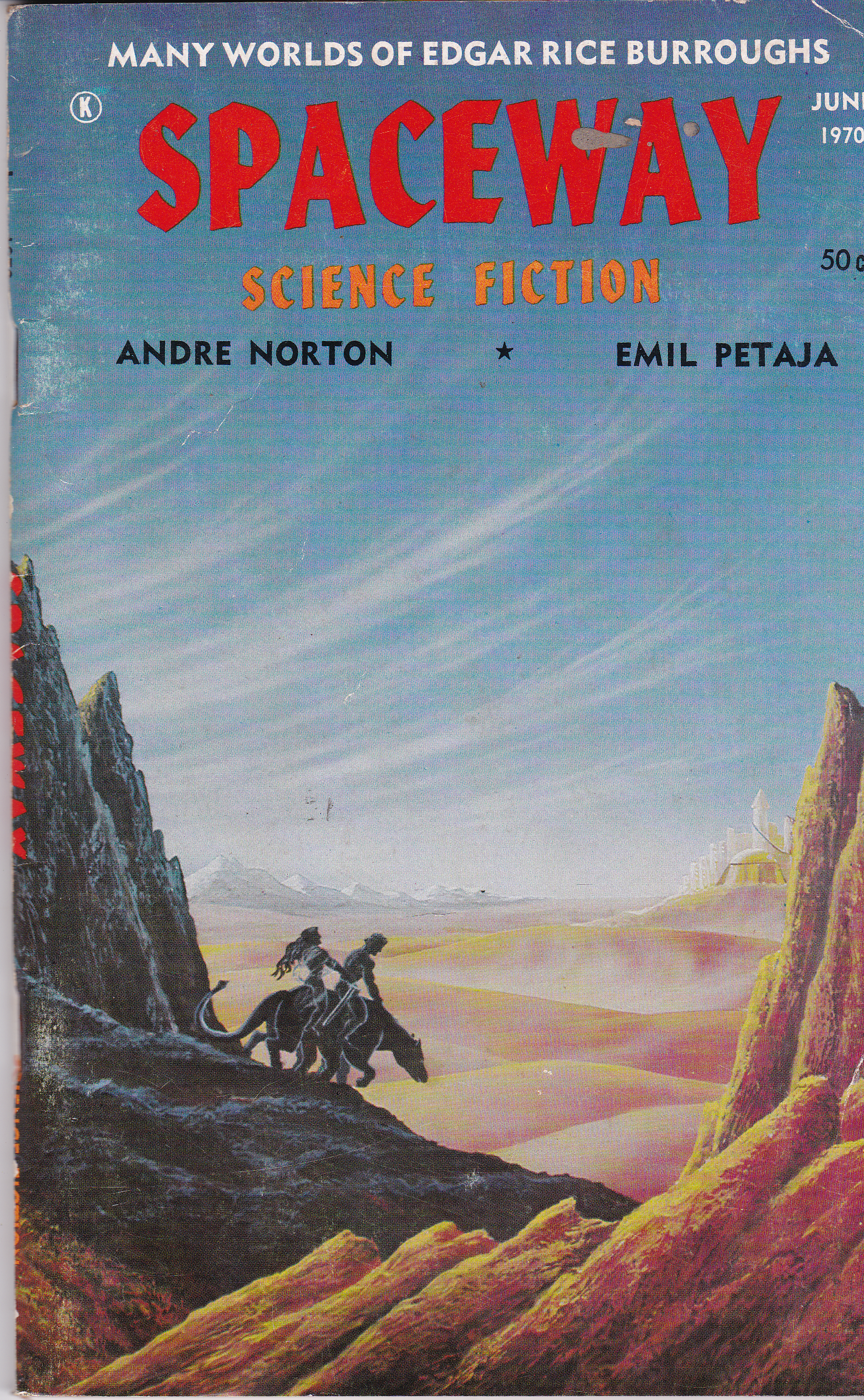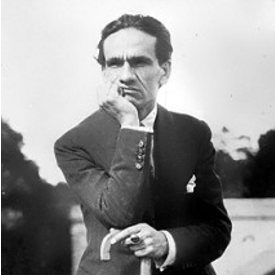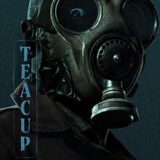
I collect the first issues of science fiction magazines and, yes, the first issue of the very first science fiction magazine – this very magazine – Amazing Stories (albeit in electronic format on the web) – is in my collection.
My definition of “first” is a bit more expansive than is commonly thought of, however, in that it includes the first issue published in countries other than the original, title changes and the first publication of both “resumptions” (the return to publication after a hiatus, more often than not continuing the numbering from previous issues) and “resurrections” – the first issue of an older title from a new publisher following the original’s cancellation.
The other day I decided to see if the first “resumption” issue of Spaceway magazine (a short-lived, down-market digest magazine begun in the 1960s) and found a couple in decent condition, but going for more than I wanted to spend to fill that hole in the collection.
On the other hand, copies of a special Edgar Rice Burroughs focused issue of the magazine were also available and I’ve got a soft spot for ERB, particularly the Barsoom and Venus stories. The price (and shipping) being very reasonable, I decided to pick one up.
Following its arrival and as is my wont, I eagerly (and carefully – cotton gloves and all) removed it from its shipping container and thumbed through the issue, discovering that, at least to an insider, the contents revealed that it was indeed a magazine on its way out again, although there are definitely some items of historical and collectible interest.
I decided to read the entry from Forest J. Ackerman, billed as the magazine’s Feature Columnist; the issue is from 1970 and ol’ 4SJ was very much in the middle of things at that time.
His column begins with telling the tale of how he came to be a guest on the quiz show To Tell the Truth – the one where three contestants pretend to be the same person. Panelists get to question the guests and then guess which of them is “will the real Forest J. Ackerman stand up?” for the reveal.
Forrie then goes on to detail some of the process of preparing for the show. A producer asked him numerous questions related to his “profession” (at that time, being Mr. Sci Fi), while the two imposters listened and observed.
“What are two significant stories by Ray Bradbury?”
“Which book by Robert Heinlein has been adopted by Hippies?”
That kind of thing, all of which 4E was able to easily answer, no doubt mixing in some Esperanto and some portmanteaus, maybe even some portmanteaus in Esperanto, when the producer hit him with “Who was Cecil B. White”?
Early last year, I was asking myself that exact same question.
Who in the heck is this Cecil B. White guy that I can’t find hardly anything about?
Mr. White came to my attention because one of his stories – Lost Continent – was a runner up in the first writing contest that Hugo Gernsback conducted with Science Wonder Stories magazine.
That was, in fact, only the second Science Fiction writing contest ever held for the “Scientifiction” genre (our favorite genre was still being called that. Scientific Fiction also. And if you look at the previous name next to the StF one, you’ll easily see where that unpronounceable and yet superior to “Sci Fi” name came from). That contest was held a bit over a year after Gernsback had hosted one in the original version of Amazing Stories. Both contests asked authors to craft a story around the a cover illustration by Frank R. Paul.
That original contest, among other things, brought Claire Winger Harris to our attention – the first professionally published female science fiction author, who would go on to additional success and acclaim within the field. The second one would see a certain John R. Pierce gain his first bit of published recognition.
In our book Cents of Wonder: Science Fiction’s First Award Winners (a title which reflects the fact that Ackermanian word play is still very much a thing in our genre), we didn’t want to just republish the award winning (and running up) stories. We wanted to include some framing, some backgrounding for each of the authors and offer some idea of where their careers went after winning, placing or being mentioned in the pages of those magazines.
Some of the authors are at least historically well-known. Others, not so much. In researching them, I found pretty much the same thing that Forrie found back in the 1970s –
Cecil B. White (William Henry Christie) was a professional astronomer who would go on to write one other story that was published in Amazing. Such a story though that it would be anthologized on a regular basis, The Retreat to Mars, which was featured in Conklin’s The Best in Science Fiction. Christie presumably used the pseudonym to avoid unpleasant associations among his professional colleagues. Owing to an online picture, we know that he spent some time working at the Mount Wilson observatory, working with the 60-inch telescope. He also wrote an ironic letter to Amazing Stories, criticizing the lack of science in a story by Clare Winger Harris. The Menace From Mars, writing:
“Another author makes a slip in this issue. In “The Menace of Mars”, … Does this author know that Mars has extensive tracts of vegetation? It has; and, moreover, the “canals” are not cracks, but vegetation.” Multiverse, anyone? – Cents of Wonder Science Fiction’s First Award Winners, Amazing Selects publications
That last is the bit that Forry missed. Cecil chose to criticize a Claire Winger Harris story in the letter column of Amazing, and was roundly dismissed by Claire in a follow-up. Perhaps that’s what chased him from the field, but we will apparently never know.
Had I this issue of Spaceway in my possession sooner, I’d not have had to search vainly for more background – I’d have already had all there was to have.

These kinds of literary-historical forays always yeild more than one expects: I knew, for example, that Isaac Asimov had once been a contestant on To Tell The Truth, but learned that Forest Ackerman had been as well. I’ve looked for a video but have so far not managed to find one.
Other bits gleaned from his column (remember, this was the June, 1970 issue of Spaceways) is that we would soon come to expect a product of Stranger in a Strange Land and one of Childhood’s End.
And, of course, there’s the ERBania content, including a cover illustration of John Carter and Dejah Thoris by Dollens and a back cover illo of Dejah by Dave Cockrum.
If you’re building a reference library for the end of the world as we know it – don’t forget the fanzines, or the promags!
Incidentally, the editor of Spaceways was William L Crawford, who also edited another “book”, that one a semi-professional affair, that has garnered some fame over the years, as it was within the pages of Fantasy Book (issue 6, edited by Crawford and his wife Margaret Crawford, jointly editing under the Garrett Ford pseudonym) that Cordwainer Smith’s first story, Scanners Live in Vain, was published.











